Last Updated on 26th September 2022 by
Frozen vegetables are always included in my stir fry, but I get asked sometimes about whether I thaw them out first. Does it make a difference if they are thawed or thrown into the wok or skillet frozen? Do I need to do something different when cooking frozen vegetables when making stir fry than I would with fresh or canned vegetables?
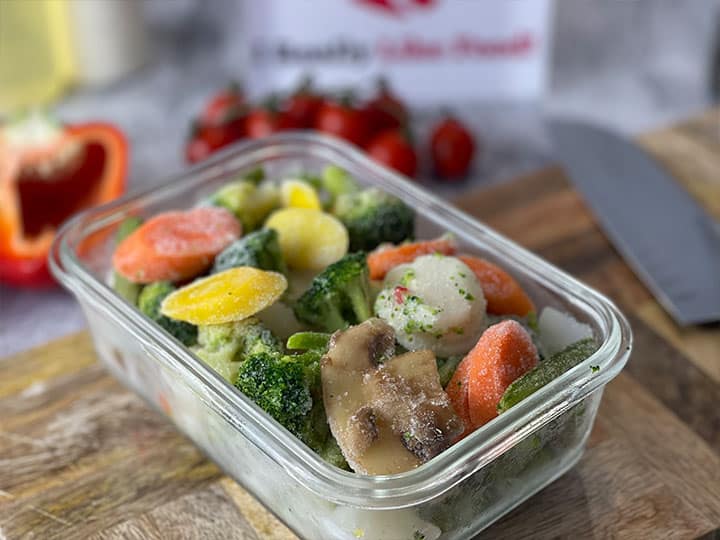
Let’s dive into all that as we look at how to stir fry frozen vegetables.
What Types of Vegetables Freeze Well
Vegetables Suitable For Freezing | ||
Celery | No | |
Spinach | No | |
Tomatoes | No | |
Lettuce | No | |
Cucumbers | No | |
Radishes | No | |
Asparagus | Yes | |
Broccoli | Yes | |
Beets | Yes | |
Cauliflower | Yes | |
Carrots | Yes | |
Mushrooms | Yes | |
Peas | Yes | |
Potato | Yes | |
How to Cook Frozen Stir Fry Vegetables
First, let me say right away that you can put frozen vegetables into your skillet or wok without having to thaw them out. You can stir fry frozen vegetables (or roast vegetables for soup) without the extra step of defrosting them or letting them thaw or running them under some water to get rid of the ice. They stir fry nicely from frozen, so don’t worry about that.
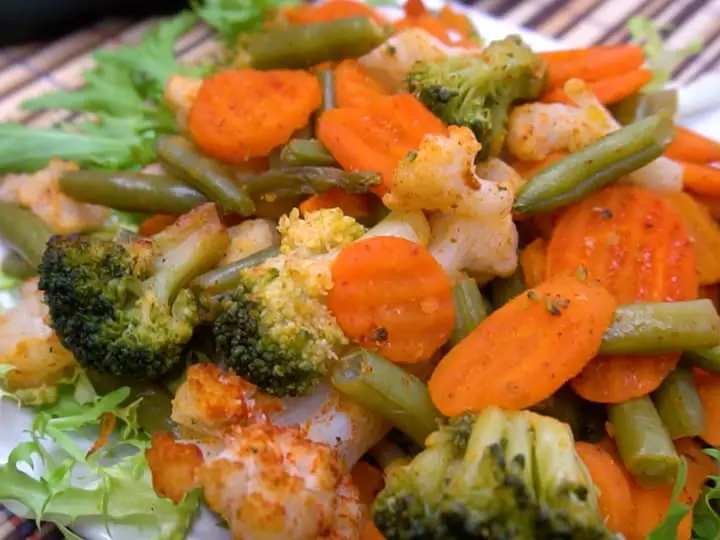
How To Cook Vegetables From Frozen
What is the best way to cook frozen vegetables? Should you thaw them first, let's find out how to turn those plain boring veg into a tasty dish.
Ingredients
- 1 Cup Carrots
- 1 Cup Broccoli
- 1 Cup Green Beans
- 1 Cup of Onion
- 1 tsp Onion Powder
- 1 tsp Paprika
- 1 tsp Garlic Powder
- Salt & Pepper
- 1 tbsp Olive Oil
Instructions
- Preheat oven to 355ºF
- Add all of the frozen veg to a large glass bowl
- Add species and shake bowl until veg is fully coated
- Add 1tsp of olive oil and shake again
- Season with Salt and Pepper
- Bake in oven for 25-30mins
Notes
You can add any variety of frozen veg and adjust cooking times if you prefer your vegetables to be charred when cooked.
Recommended Products
As an Amazon Associate and member of other affiliate programs, I earn from qualifying purchases.
Frozen vegetables cook fine in a wok on your stovetop, and it’s okay if the ice melts right there in your pan. Now, you may get a little spatter if you are cooking them in oil, so be aware of that. As the ice melts, it puts water into the hot oil, which can cause oil to shoot up a little bit.
The trick to keep that from being a problem is to only lightly oil the wok or frying pan. If you use too much oil, you are going a get a very oily meal, and stir fry isn’t about the heavy oil.
Preparing Vegetables for Wok Cooking
You just need enough oil to cover the bottom of the wok and no more. Then, heat up the oil on medium high heat. Once it reaches 350 degrees Fahrenheit, you can add the frozen vegetables in. The oil should be hot when you place your hand to hover over it. That’s how I usually check if it is ready for me to add the frozen veggies. You can also find out here how we boil vegetables without losing any nutrients.
You could check the temperature with a thermometer if you wanted to, but make sure the oil is not so hot that it is smoking, burning, or spattering out of the pan on its own. It’s too hot at that point.
Add your frozen vegetables in a single layer as much as possible. One of the key bits of advice I like to share about how to cook frozen vegetables for stir fry is to not overcrowd the pan. Give the vegetables space to cook evenly. You can spread them out a bit with a spatula to give them enough room for cooking.
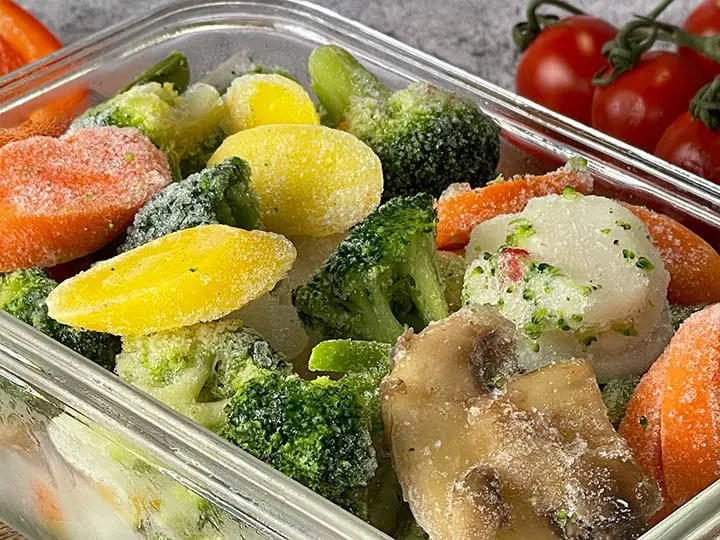
Let them cook long enough for the veggies to become tender but not burnt. It’s okay if they blacken just slightly, as that happens when they come into contact with the pan. Just don’t let them burn. You want them tender but not crispy. As you cook the veggies in the wok, make sure to move them around every so often. This keeps them from burning and ensures even cooking.
How to Stir Fry Frozen Vegetables without Getting Soggy
Have you ever tried to cook frozen veggies in a stir fry and had them come out limp and soggy? That can happen if there is too much water in the pan. If they are frozen, they will have ice on them, and as they cook, that turns to water and fills up the pan. The same method applies to when you need to cook frozen vegetables in the oven.
What you can do to minimize how much water is involved and how soggy the veggies get is to pat down the frozen vegetables as much as possible. You may not get all the ice, but you can remove some of it and lessen the chance that the veggies will turn out soggy when they are done cooking.
How to Use Frozen Vegetables in Stir Fry
When do you add frozen veggies to your stir fry? Can you cook everything at once or will the frozen vegetables need extra cooking time?
You should actually cook the veggies first off or at least separately. They should be cook in the oil on their own, before you add in any noodles, meat, rice or whatever else you will be using. Cook your food in two parts: veggies and then everything else. If you prefer steaming your veg and don’t have a steamer then you can follow our guide here.

If you are using fresh veggies, you could cook everything together. The reason we cook the frozen veggies separately is that the take so little time to cook, and if you overcook them, they can fall apart.
Want to know how to make chicken stir fry with frozen vegetables? Cook up the frozen veggies as I showed you above eating the oil first and patting the frozen vegetables down to dry them out. Add them to the hot oil and cook for about 3 minutes on medium heat, moving them around as they cook.
Once they are done, then you can add in the chicken, rice, and seasonings as you like. Cook all of that until the chicken has finished cooking, and then add the vegetables back in. They can heat back up in the pan for about 30 seconds to a minute, and then you need to take them off the heat. Be careful about overcooking them.
How to make shrimp stir fry with frozen vegetables?
Once again, you cook the meat separately from the frozen veggies. Shrimp cooks fast compared to beef or chicken, but even then, you should cook it apart from the frozen vegetables. Frozen shrimp doesn’t need to thaw, but you may have excess water created as you cook it that can cause the oil to spatter.
Consider patting the frozen shrimp dry before cooking it up on the stovetop, just like you would the frozen vegetables.
It is aways best to be safe with the frozen vegetables, cooking them on their own just to ensure they don’t overcook and come apart. If you do that, you will have greater control over your dish and the rate at which everything cooks. Avoid the common mistake of making stir fry by separating the foods that need to cook on their own.
Frequently Asked Questions About Frozen Vegetables
Can You Cook Vegetables From Frozen
Yes vegetables cook really well from frozen. There is a risk that the veg can go soggy if left to defrost but if you follow our guide on this page you should be fine.
Do Frozen Vegetable Taste as Good
That depends who you ask. Some chefs will argue that frozen veg is not as tasty as fresh veg but science has shown that if you freeze veg very quickly after harvesting then the taste can be locked in and it very difficult to identify fresh and frozen veg in a blind taste test.
References: https://nchfp.uga.edu/publications/uga/uga_freeze_veg.pdf
Vegetable Freezing Guidelines: https://extension.umn.edu/preserving-and-preparing/vegetable-blanching-directions-and-times-home-freezer-storage
I'm Pauline, a mother of four grown children, my passion for cooking stemmed from the joy i get cooking for my family. I love to try new dishes, especially when dining out but creating and sharing my own recipes is my favourite thing to do!

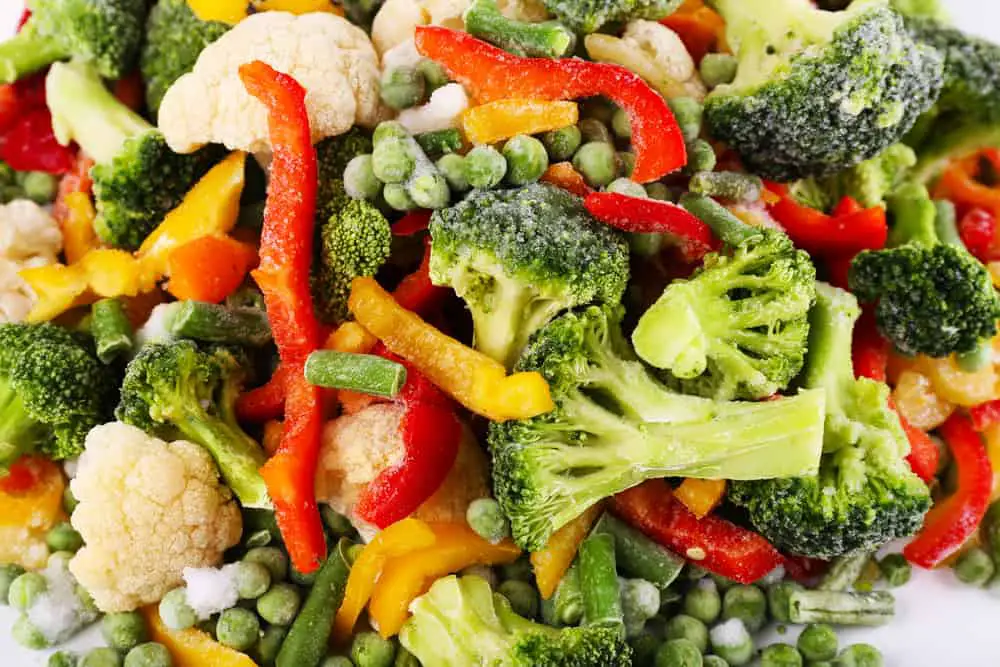

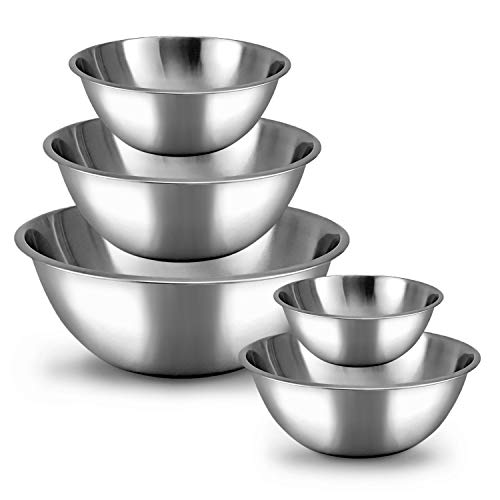


putrid
Friday 21st of February 2025
CgPgrQ5qmpg
https://newwavefoods.com/
Thursday 20th of February 2025
EdxMLqFBI50
20bet
Thursday 14th of September 2023
Your article gave me a lot of inspiration, I hope you can explain your point of view in more detail, because I have some doubts, thank you.